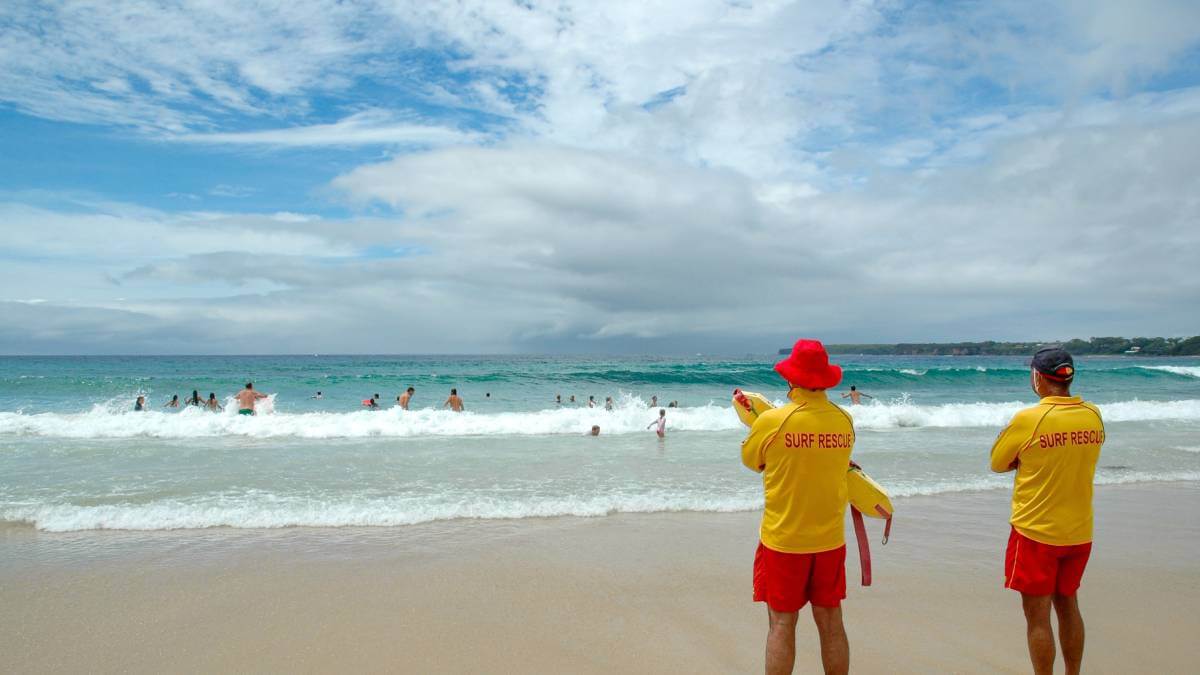Men and adults aged 45 and older were the victims of the majority of drownings last financial year, according to a new report.
The Royal Life Saving Society Australia (RLSS) National Drowning Report 2023 found men made up 77 per cent of drowning deaths, and adults over 45 made up 57 per cent.
Drownings declined overall with 281 deaths, down 17 per cent on the previous year when there were 339 deaths.
Males were the most likely to drown while trying to save a family member from the water.
However, drowning prevention efforts had seen a 33 per cent decrease in deaths in children four years and younger, compared to the 10-year average.
RLSS chief executive Justin Scarr said the figures were encouraging but urged people against being complacent.
“With summer approaching, pool owners should check that their pool fence is in good working order. Remember to constantly keep watch when young children are around water, and avoid distractions like mobile phones,” Mr Scarr said.
“Royal Life Saving continues to be concerned about declining swimming and water safety skills among children, and adults more generally.
“The impacts of missed lessons throughout the COVID-19 pandemic will have generational impacts on safety if left unaddressed.”
Pleas to swim between the flags
The report found 42 per cent of drownings occurred more than five kilometres from a surf life saving service.
Surf Life Saving Australia (SLSA) chief executive Adam Weir said people were seeking more secluded spots to swim and putting themselves in danger.
“Rip currents are the number one coastal hazard and are a contributing factor in more than a quarter of coastal drowning deaths,” he said.
“Surf Life Saving is appealing for the public to understand their limitations and swim at patrolled beaches between the red and yellow flags, with these locations available on the Surf Life Saving BeachSafe App.”
Although 59 per cent of drownings were from major city residents, people from outer regional and remote areas were almost twice as likely to drown.
People from disadvantaged areas were also more likely to drown than those from advantaged areas.
NSW recorded the greatest number of drowning deaths with 107, while Victoria saw the biggest jump in drownings against the 10-year average, with 59 – a 26 per cent increase.
Coastal environments accounted for 44 per cent of deaths, inland waters 37 per cent, and backyard pools 10 per cent.
Warning for older men
Mr Scarr encouraged people, especially older men, to take safety precautions when in and around water.
“We urge men to make the right call, and avoid alcohol and drugs around water, check the conditions and avoid over-estimation of swimming ability.
“Older adults should understand the potential impacts of other medical conditions and medications on water activities including swimming and boating.”
Federal minister for aged care and sport Annika Wells said older adults should plan ahead before the warmer months arrive.
“Some simple precautions, like having a medical check-up to ensure you are swim fit, or going to the local swimming pool to refresh your skills is a great idea ahead of the expected hot summer.”
 2020 Australian Broadcasting Corporation. All rights reserved.
2020 Australian Broadcasting Corporation. All rights reserved.
ABC Content Disclaimer

